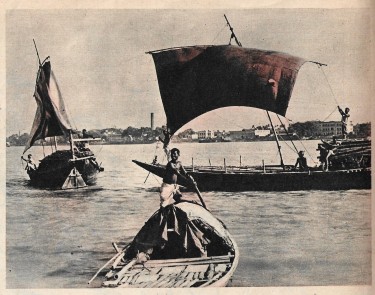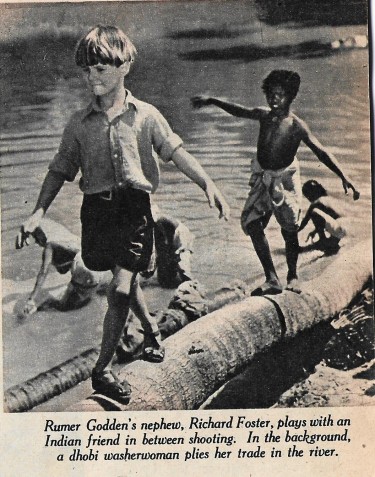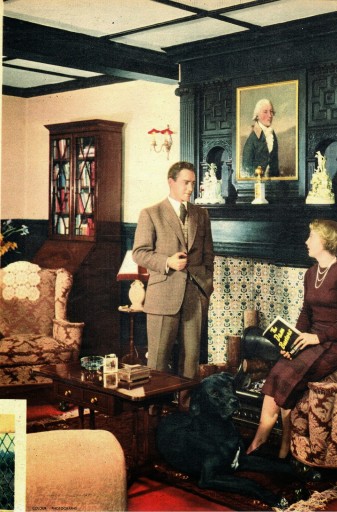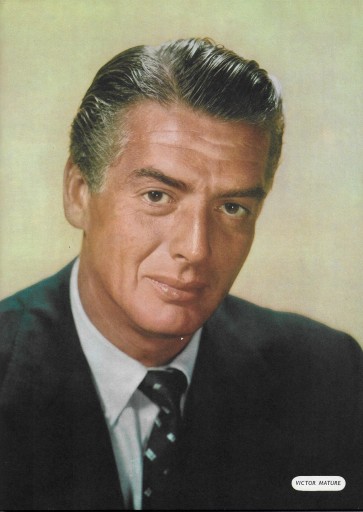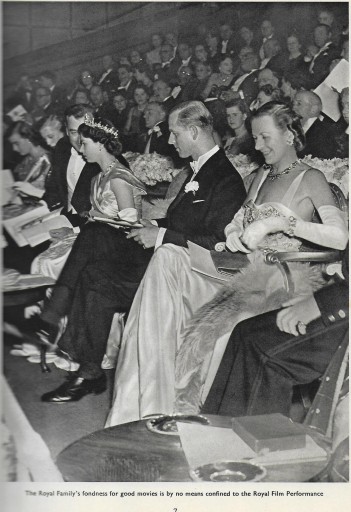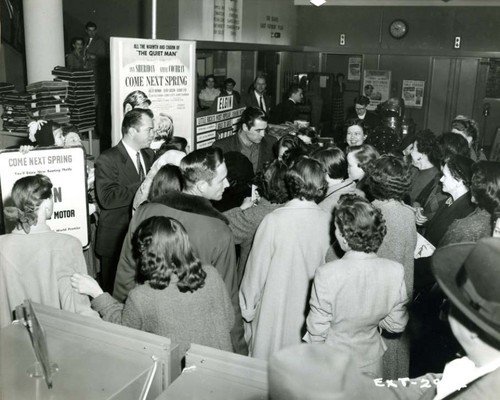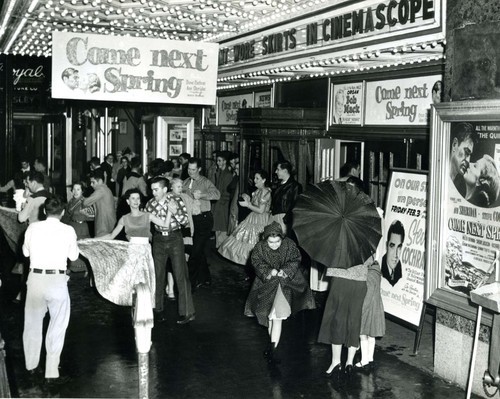I have viewed this film again this morning – and I seem to love it more each time I see it. It has to be accepted though that this is really a stage play – and a very good one at that. The Holly and the Ivy 1952 – is set at Christmas-time when traditionally families get together and it is this getting together that exposes the flaws in the relationships of the various members and their wives and husbands who come back to the Norfolk Vicarage.
The Film stars Ralph Richardson, Celia Johnson, Denholm Elliott, Margaret Leighton, Hugh Williams, Margaret Halstan and Maureen Delaney.




The Holly and the Ivy is set in the little village of Wyndenham in Norfolk where Ralph Richardson played the local vicar.
 Celia Johnson – above in one of the opening scenes of the film
Celia Johnson – above in one of the opening scenes of the film
Rev. Martin Gregory’s (Ralph Richardson) wife recently died and his daughter Jenny (Celia Johnson) cares for him at the Vicarage. Jenny sends letters to her brother Michael (Denholm Elliott), sister Margaret (Margaret Leighton), cousin Richard (Hugh Williams) and aunts Lydia and Bridget (Halstan, Delaney), inviting them to their home for the holiday.
Jenny is the only child of the reverend who lives at home, and she feels she can’t leave him. But on Christmas Eve she learns that her fiancé David (John Gregson) is being transferred to South America for his job. David tells Jenny that he told his job he would be bringing a wife, but she doesn’t feel she can marry and leave her father. She wishes her younger sister Margaret would leave the city, where she works as a fashion writer, and live at home. But Jenny isn’t even sure Margaret will come home for Christmas.
As each family member arrives home, they bring their problems. Michael is in the Army and lies his way to get leave so he can go home. Aunt Lydia is a grand, wistful, and dreamy woman who has been a widow for 30 years, but talks of her deceased husband constantly. In stark contrast, Aunt Bridget is crabby and constantly criticising everyone. Bridget never married, because she spent her life caring for her mother.
Margaret arrives late on Christmas Eve and is deeply troubled by loss she experienced during and after World War II. She masks her pain by drinking and only confides in Jenny. Margaret doesn’t feel that she can divulge her sins to her father because he is a holy man. Michael and Margaret feel that they will be judged by their father.
Set on the snowy English countryside, “The Holly and the Ivy” (1952) has a cozy, warm feel to it.
Ralph Richardson was only 50 when he played the elderly father and vicar, but as with all his roles, he does a wonderful job.
There is one scene – shown below, and rather a tense scene at that, where Denholm Elliott talks to he father Ralph Richardson. They are in close to the front window and as Denholm Elliott telsl his father that no-one in the family seems able to talk to him freely about their problems, his father walks behind the Christmas tree and talks from there – so that when he delivers those serious lines we are not seeing him at all – just the decorated Christmas tree. It is very effective and something I have never seen done before – or since – and I still can’t quite get it although I love it. See Below :-

 Above – Denholm Elliott talks frankly to his father.
Above – Denholm Elliott talks frankly to his father.

Above: His father listens and responds – but he is shown on camera obscured behind the decorated Christmas Tree.

They continue their discussions as now they are both in shot – what a wonderful scene this is.
The film begins with a sweeping tune of “The Holly and the Ivy” over the credits. It opens with children with their faces pressed to the glass of toy-filled storefronts and turkeys hanging at the butcher. We later see Jenny decorating her home with holly and streamers and setting the Nativity scene in the church as a children’s choir sings “The Holly and the Ivy.”
Jenny (Celia Johnson) and David (John Gregson) decorate the parsonage “as they always do.”
Even the Reverend says he hates Christmas, because it focuses more on drinking and commercialism and “No one remembers the birth of Christ.” He also hates giving his Christmas sermon, because he knows everyone is fidgeting and “wanting to get home to baste their turkeys.”


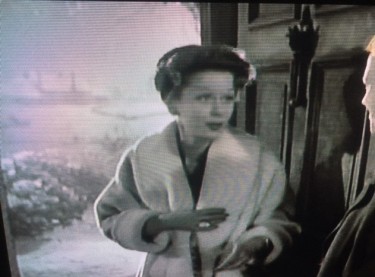
Above: Margaret Leighton as Margaret in The Holly and the Ivy (1952) with John Gregson. Towards the end of the film.
Celia Johnson’s character of Jenny is the calm, homespun and responsible daughter who is concerned for the family. Margaret Leighton’s character of Margaret is hard, bitter and emotional. Jenny asks Margaret, “Why must you crackle like ice?” But despite her icy exterior, Leighton does a good job of exhibiting that pain she’s trying to mask. Denholm Elliott’s Michael doesn’t seem to take life too seriously.
While the film is largely a drama, the aunts played by Margaret Halstan and Maureen Delaney are the comic relief. Delaney’s character of Aunt Bridget is always snapping: fussing around, and wants to leave when Michael comes home drunk on Christmas Eve. Aunt Lydia dreamily talks about the past and and Jenny’s love life; describing everything poetically.
“The Holly and the Ivy” originated as a play by Wynyard Browne, which premiered on London’s West End at the Duchess Theatre in 1950. Browne based the play on his own family members. Maureen Delaney and Margaret Halsan are the only actors who were in both the play and the film.
During this time, producer Alexander Korda was bringing successful stage plays to the screen—including this one. The others Korda produced were Home at Seven (or Murder on Monday) (1952), Who Goes There (or The Passionate Sentry) (1952), and The Ringer (1952).
The Film was released on Dec. 22, 1952, in the United Kingdom, but wasn’t released in the United States until February 1954.
“The Holly and the Ivy” isn’t your standard, bright Christmas film, it is still lovely and hopeful despite the problems of its characters. It’s a good film that moves along quite quickly – and it is a film I like very much. Each time I see it, I like it more !!




